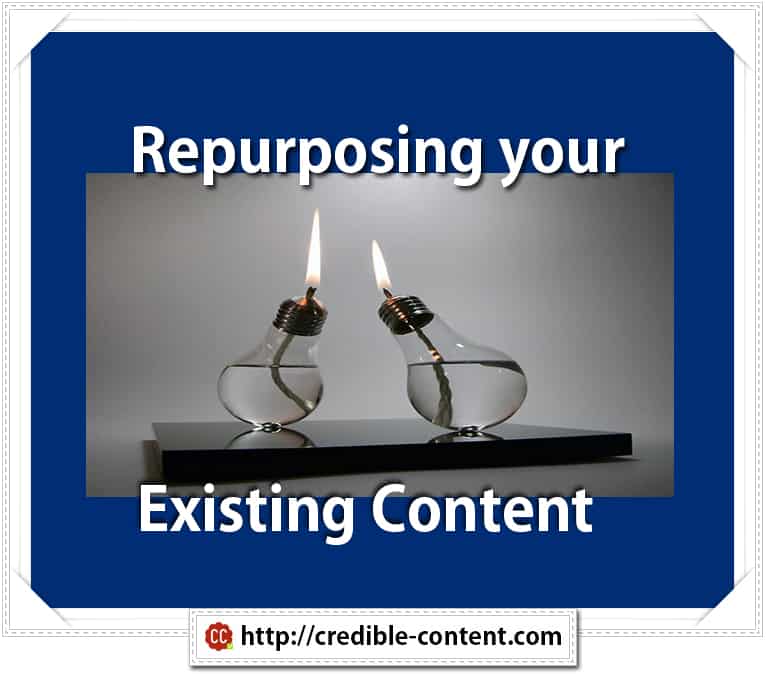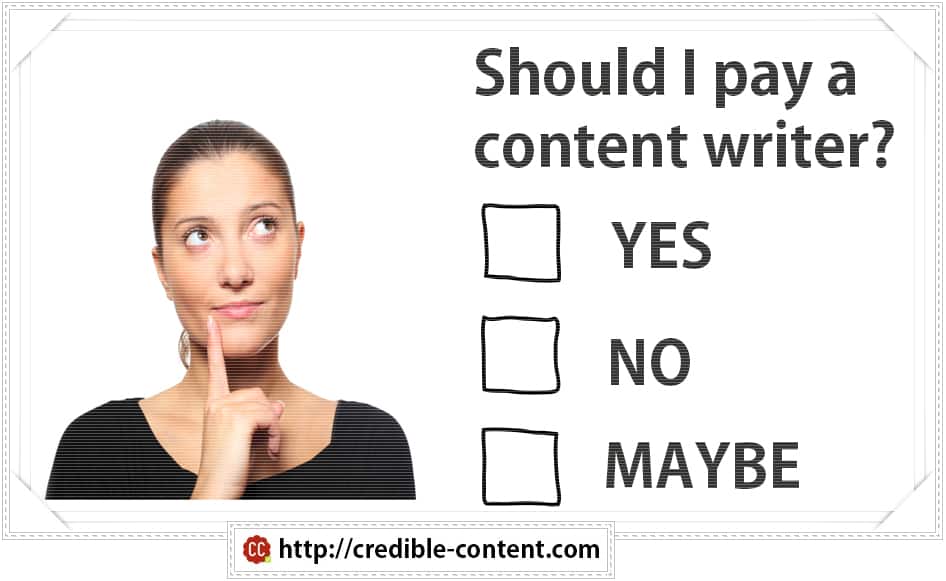 “Owned media” and “broadcasting platform” – I know, these sound fancy words, but actually they are not. Owned media means the content that you create and publish on your own website, blog and under your social media profiles like YouTube and Instagram, and broadcasting platform is the presence that you create due to your content.
“Owned media” and “broadcasting platform” – I know, these sound fancy words, but actually they are not. Owned media means the content that you create and publish on your own website, blog and under your social media profiles like YouTube and Instagram, and broadcasting platform is the presence that you create due to your content.
For example, let’s say you create a blog where you give advice to people about how to use your product or service. For example, on this content writing blog, I’m constantly talking about content writing and content marketing and content publishing. For me, the blog posts that I am constantly publishing is “owned media” – I own this content. When people come to read my blog posts on this blog, it becomes a broadcasting platform. I use this platform to broadcast my thoughts.
Up till now brands have been using third-party media and third-party broadcasting platforms to reach out to their customers and clients. For example, if you advertise on TV, radio, newspapers, magazines and even Google’s AdWords, you’re using third-party broadcasting platforms. These companies have created broadcasting platforms through their own content and have built up an audience and now they are charging you to expose your brand in front of their audience.
Whether this works or not is another issue because for some it works and for some it doesn’t, but when you consider the amount of money and effort that you save by owning your own content and building your own broadcasting platform you suddenly realise what you have been missing by simply focusing on the third-party content and the third-party broadcasting platforms.
But let’s not talk about big businesses that have enough money to advertise on TV and newspapers. What about a small business? Does it make sense for the small business to own its own content and build its own broadcasting platform?
Again, no matter how fancy these terms sound, they are very simple. If you have a presence on YouTube, you have your own broadcasting platform. If you have a presence on Instagram, you have your own broadcasting platform. Wherever you have got an audience for yourself, wherever people go to check out your updates, is your broadcasting platform.
So, choose a platform and start creating your own content. The content that you own. It will be cheaper. It will be more effective. The results will be far-reaching.
This HubSpot blog post explains in detail is why even advertising agencies should stop investing in advertising and instead, should start investing in their own content, in owned media.
Listen to the audio version of this blog post




